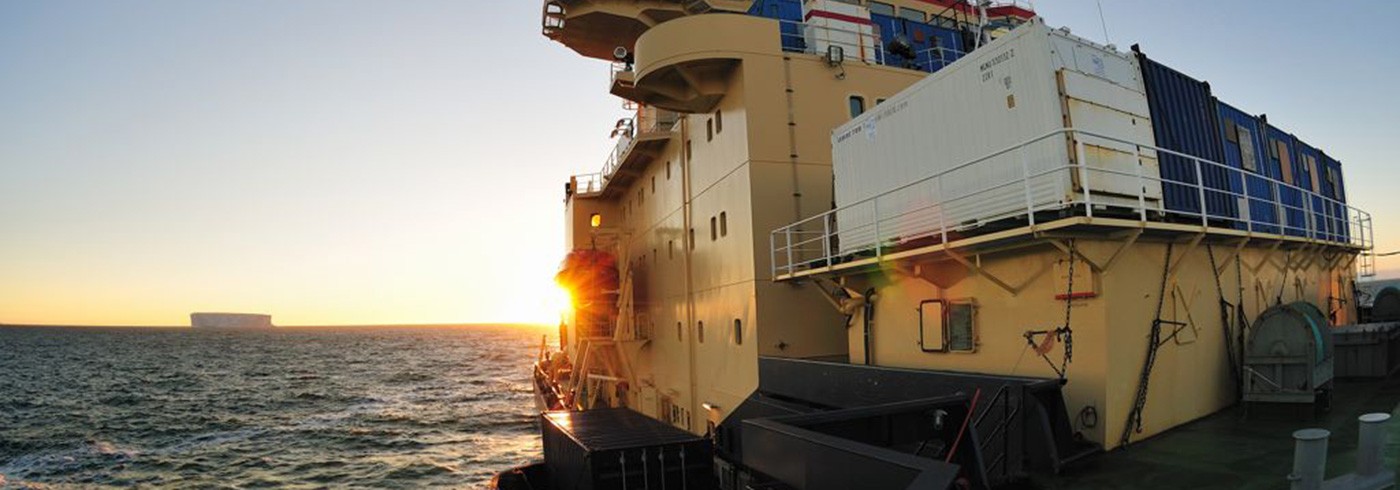One important goal of our investigations of the history of Pine Island Bay is to find remains of marine organisms that once lived in those water. For one, their remains are to tell us about former environmental conditions, and for two they allow to date sediment layers from which they were collected. For 14C dating, we can use carbonate shells only. And, because large shells are very rare in sediments of Pine Island Bay, we also search for remains of tiny microorganisms that build carbonate skeletons. I am Polish micropaleontologist, who specializes in Antarctic foraminifera, and my job on the boat is to find remains of these tiny creatures in the sediment.
Foraminifera are unicellular organisms similar to amoeba, which are capable of building external shells, called tests. They are commonly a fraction of millimeter in size and can be found in great numbers and diversities throughout modern oceans. There are thousands and thousands of benthic species living recently on the sea floor and only few dozen of planktonic species living in water column. Today, Pine Island Bay is inhabited by couple of hundred of benthic and only one planktonic foraminiferal species. Although they are in general rare down core, in some cores they are abundant enough to help understanding the reason and timing of ice shelve retreat. It takes long time to search hundreds of mud samples for those microscopic creatures, and it is quite tricky to do on mowing boat. Therefore, during the cruise only initial investigations may be completed and they will continue for months to go back home.







